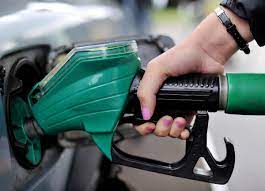
Australians are paying about 20 cents a litre more for diesel than they should be, consumer advocates say.
And they say there doesn’t seem to be a good reason why.
Federal Treasurer Jim Chalmers says Australians are “absolutely filthy” about the higher fuel prices.
While prices have decreased, experts say diesel prices haven’t fallen enough.
But retailers say there has always been a lag between a drop in oil prices being seen at the pump.
Even if you don’t have a diesel vehicle, you’re probably impacted by diesel prices.
That’s because it’s the fuel of choice for industry — transport, agriculture, shipping and mining — which means there are flow-on effects for the economy.
Why is diesel so much more expensive than petrol?
The price of oil shot up earlier this year after Russia was hit with sanctions over its invasion of Ukraine.
Diesel prices increased by more than petrol due to various factors including higher demand because of the COVID-19 economic recovery and fewer supplies from Russia.
Between mid-April and late June, the wholesale prices for petrol and diesel rose by about 48 cents a litre and around 57 cents a litre respectively, according to the Australian Competition and Consumer Commission (ACCC).
The ACCC says prices started coming down late last month, with wholesale petrol and diesel prices dropping by about 35 and 30 cents a litre respectively in the weeks up to July 20.
In the same period, the ACCC says retail diesel dropped between 14 and 5 cents a litre in the five largest Australian cities.
Hang on, what’s the wholesale price?
Most of the fuel in Australia comes through Singapore.
The price that it is sold for there is the wholesale price, or the terminal gate price.
At the moment, the wholesale price is higher for diesel, about 30 cents a litre more than petrol.
So is that why diesel is so much more expensive than petrol?
It depends who you ask.
Fuel watchers are concerned by the discrepancy between the wholesale price and the retail price of diesel (the price you pay for fuel at the bowser).
“Normally the wholesale price between petrol and diesel is roughly similar,” Ian Jeffreys from the Royal Automobile Club of Queensland (RACQ) said.
“It does vary by a couple of cents, but currently we’re seeing a 30 cent (a litre) difference in the wholesale price.”
The difference between the two prices is the profit retailers make.
“Most concerning for RACQ, we have seen a large increase in the retail margin for diesel,” Dr Jeffreys said.
“Normally we would expect [the retail margin] to be sitting at 12 cents [a litre]. Currently, it’s blown out to 33 cents,” he said on Wednesday.
“[So] the diesel price is about 20 cents higher than it should be, given where we’ve seen the market sit historically.”
He said fuel retailers — the people who run the petrol station you fuel up at — aren’t passing on the savings they’re making.
“That is the major message: Fuel companies are seeing savings … [but] we have not yet seen the savings being passed on to diesel users. I think that is of most concern,” Dr Jeffreys said.
“Look, the [wholesale] diesel price has fallen in Brisbane and across the state and across Australia, and we are yet to see the retail price follow suit.”
Mr Chalmers says that’s what Australians are so upset about.
Oil prices started to decline about a month ago.
“Australian motorists, for good reason, get absolutely filthy about how when the global [oil] price goes up, the price rise gets passed on immediately, and when the global wholesale price comes down, it seems to take longer,” he said.
He says people are desperate for cost-of-living relief.
“Australians are filthy about that and they should be. And so, service station owners, the companies shouldn’t treat Australian motorists as mugs,” he said.
“People desperately need some relief to these cost-of-living pressures.
“And so, if and when the wholesale global price comes off, so should the price at the bowser.”
What are retailers saying?
Retailers have rejected assertions that the industry is pocketing a higher margin.
“It’s simply not true,” said Australasian Convenience and Petroleum Marketers Association CEO Mark McKenzie.
He hit out at comments by Mr Chalmers, saying the lag between a drop in oil prices and the price at the pump had been well-established over decades.
Mr McKenzie also pointed to pointed to a recent drop in prices.
“Look at the drop in retail prices – they have fallen in Brisbane by 21 per cent,” he said.
He said that comes with the oil price increasing by seven per cent in the past week.
Mr McKenzie said the tightness in the diesel market means that the fuel has decoupled from the oil price.
“So, there is a marked difference in price and that is being reflected at the pump,” he said.
“Information that supports these claims is accessible online by anyone who takes the time to access what’s occurred.”
What does this mean for the rest of the economy?
FuelTrac general manager Geoff Trotter says it appears as though fuel retailers have been holding up the fuel price since June.
The vast majority of Australian motorists drive petrol vehicles, according to the Australian Bureau of Statistics, with just 26 per cent of vehicles having diesel engines.
So, as fuel prices increased, a lot of the attention was on the price of petrol.
Mr Trotter says higher prices have a flow-on effect for the rest of the economy due to the higher operating costs for industry.
“It’s not got the media attention but it’s a critical fuel in our economy because it all flows through to the products and the food that we eat,” Mr Trotter said.
“It’s only unleaded prices that are falling, but they both come from the same product, they both come from oil.
“The price of petrol has dropped but diesel seems to have defied gravity.”
What might make prices fall?
Short of government intervention, increased competition would have an impact.
Dr Jeffreys says motorists should shop around to put downward pressure on prices.
He recommends keeping an eye on price-comparison websites to find the cheapest fuel.
The ACCC says it closely monitors retail fuel prices and regularly reports on fuel prices, costs and profits.
“Where we see an issue of concern, we will carefully examine,” a spokesperson said.
“We can compel refiners, importers, terminal operators, wholesalers and retailers to provide information on fuel prices, costs and profits.
“Where we find enough evidence, we take action to protect consumers against misleading and anti-competitive conduct by fuel retailers.”
Will prices rise again in September?
Yes. That’s when the temporary cut to the fuel excise ends.
The fuel excise charged on each litre of fuel sold in Australia was cut by 22.1 cents per litre in March to ease cost-of-living pressures at a cost of $3 billion.
But Mr Chalmers says the fuel excise cut is due to end in just over a month.
“[People] should assume that the petrol price relief comes off in September,” he said.



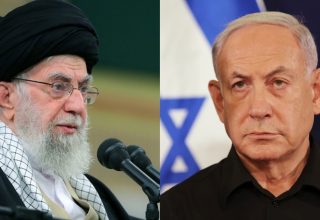

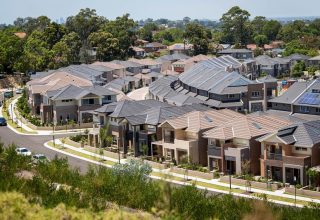


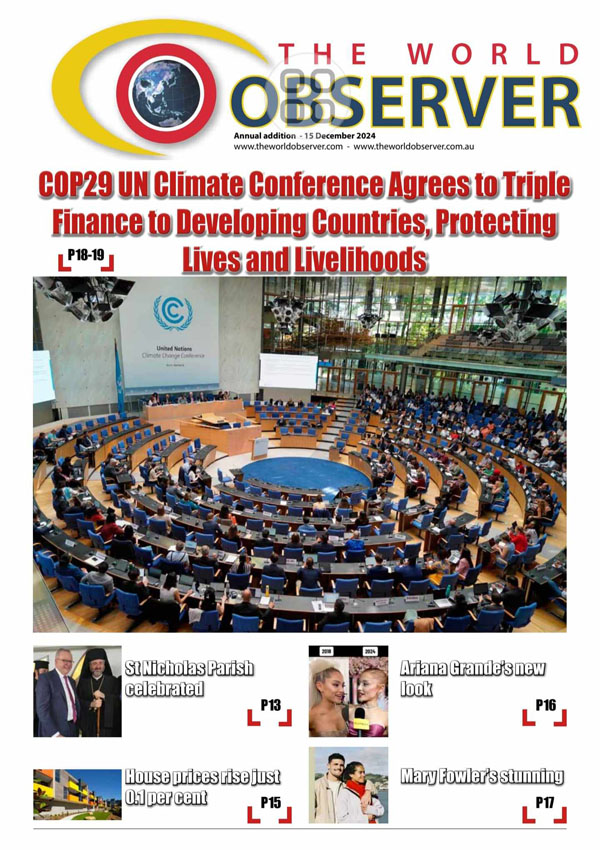
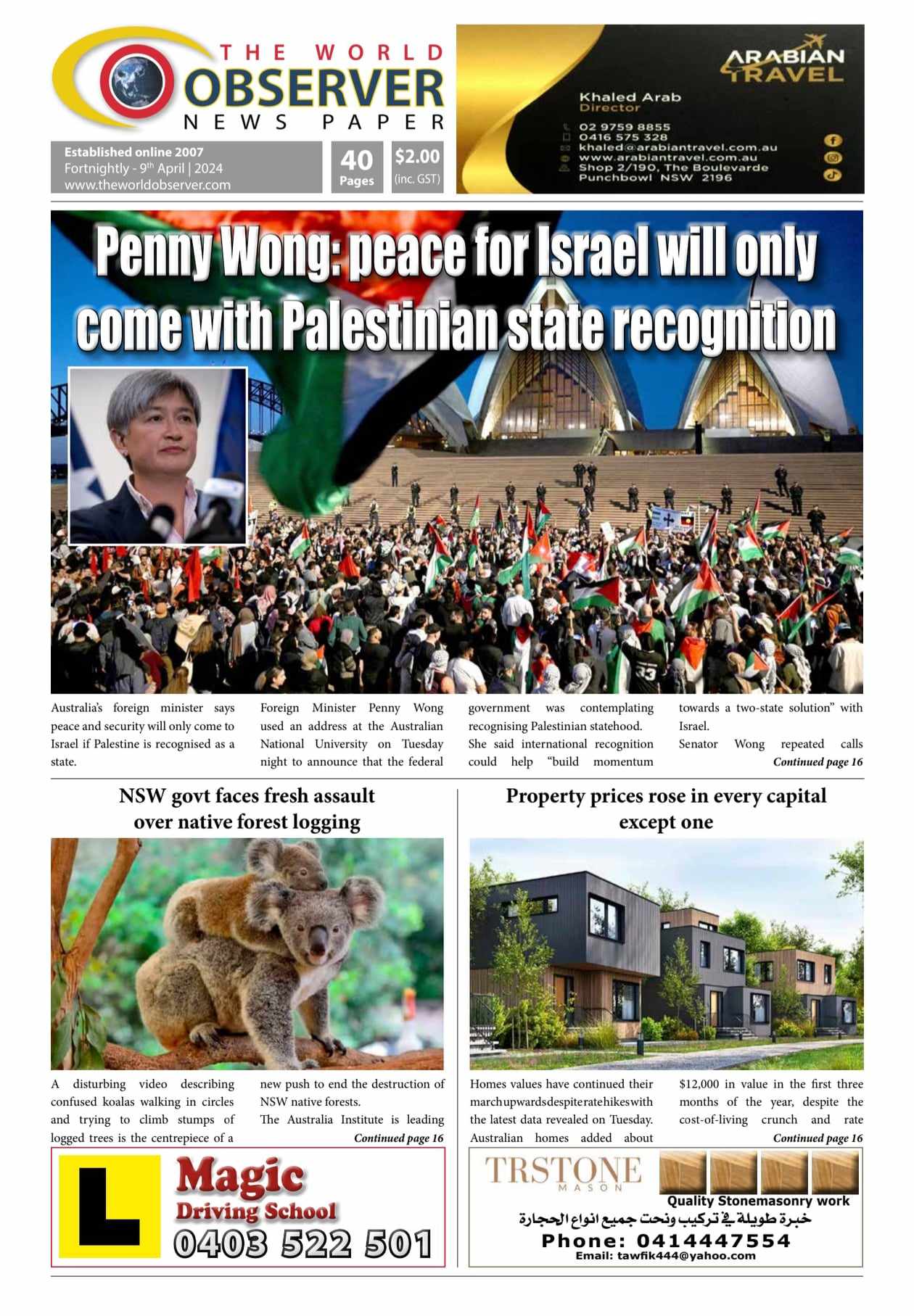

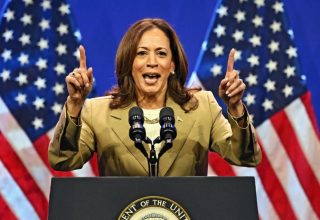



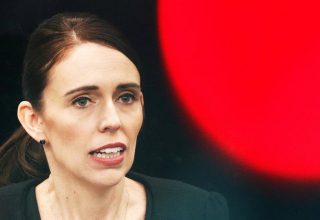




















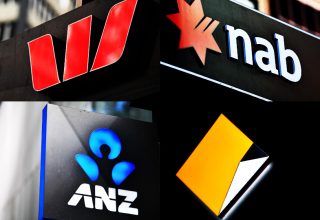

 The World Observer Media produces a daily online newspaper, a daily Arabic online newspaper and a monthly printed Arabic/English magazine and a weekly printed Arabic/English newspaper.
The World Observer Media’s mission is to entertain and educate all generation from the Ethnic Communities in Australia, who are interested in local, national and foreign information.
The World Observer Media produces a daily online newspaper, a daily Arabic online newspaper and a monthly printed Arabic/English magazine and a weekly printed Arabic/English newspaper.
The World Observer Media’s mission is to entertain and educate all generation from the Ethnic Communities in Australia, who are interested in local, national and foreign information. 


